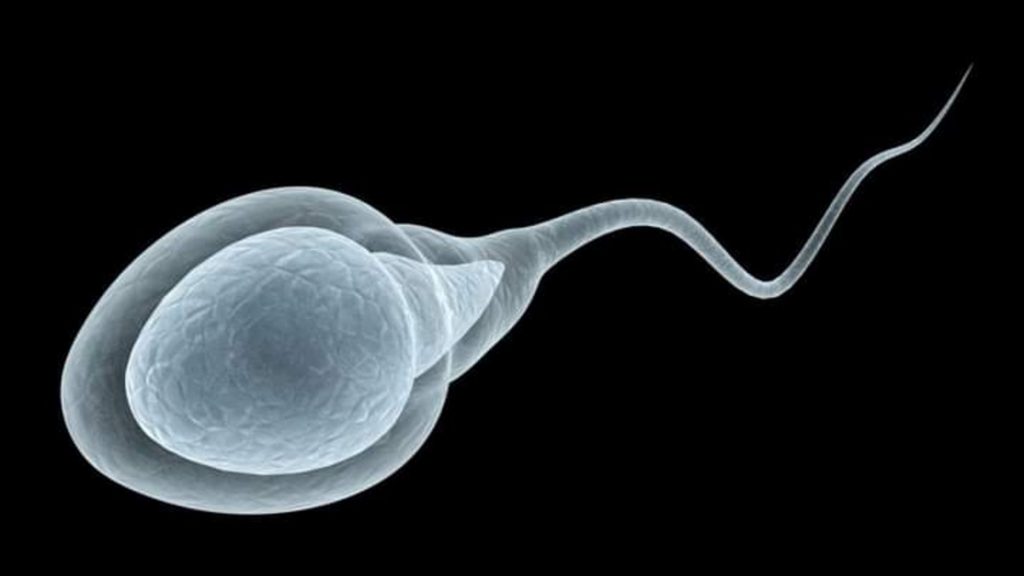The male reproductive system is a complex and intricate mechanism that continuously produces sperm throughout a man’s life. After sexual activity or ejaculation, the body initiates the process of replenishing the sperm cells to maintain fertility. Understanding the timeline of sperm production is crucial in comprehending the male reproductive cycle.
Following ejaculation, the body begins to produce new sperm through spermatogenesis, a process that takes place within the seminiferous tubules located in the testicles. This intricate process involves the transformation of immature germ cells into mature spermatozoa. It typically takes approximately 64 to 72 days for sperm cells to fully develop and mature, reaching their optimal fertility potential.
However, it is important to note that the body constantly produces new sperm cells even during the periods of sexual inactivity. Spermatogenesis operates on a cycle which lasts roughly 90 to 100 minutes, allowing for a continuous renewal of sperm cells.
READ ALSO: Five Things You Need to Know to Start Your Day
Factors such as age, overall health, and lifestyle choices can influence the speed of sperm regeneration. Generally, younger individuals tend to have a faster turnaround time for sperm production compared to older individuals.
Furthermore, maintaining a healthy lifestyle, which includes a balanced diet, regular exercise, and avoiding tobacco and excessive alcohol consumption, contributes to optimal sperm production.
Although the body starts producing new sperm cells soon after ejaculation, it is recommended to allow for a complete cycle of spermatogenesis before attempting to conceive, which typically ranges from 2 to 3 months. This ensures that the newly produced sperm possesses the best quality and fertility potential.
In conclusion, the male body’s remarkable ability to continuously produce sperm following sexual activity showcases the intricate processes of spermatogenesis. Understanding the timeline of sperm regeneration can provide insights into optimizing male fertility and family planning.

